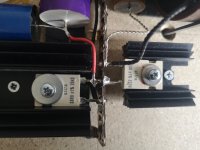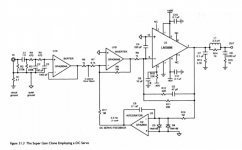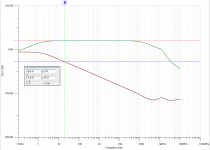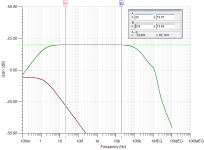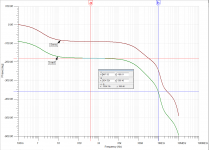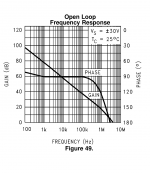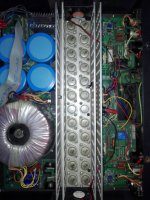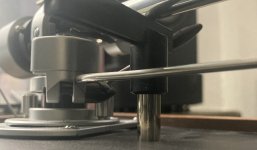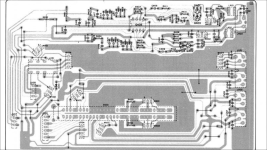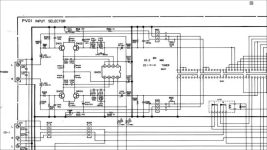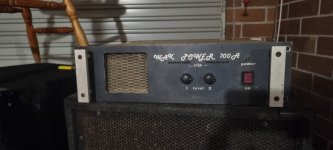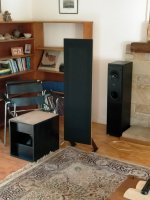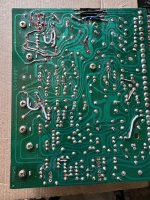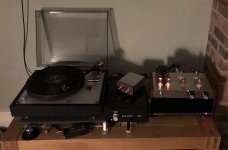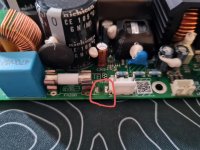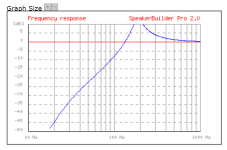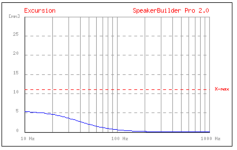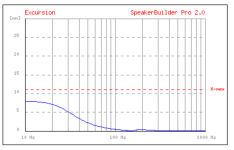It was a delight and an honor when Nelson Pass asked me if I would like to design some additional front end cards for the DIY VFET single ended amps, rather like the additional front end cards I designed for the diyAudio First Watt M2x amp. Naturally I told Nelson "Yes!!" and started work right away.
Today I'm unveiling the first four such cards, named Scourge, Bulwark, Marauder, and Dreadnought. Attached below are four .zip archives, one for each card. The .zip archives contain
- Full schematics in .pdf form
- Detailed Parts Lists including Mouser part numbers, in .xls spreadsheet form
- Web links to Mouser "one click" shopping carts for easier ordering
- Gerber CAD files for PCB manufacturing. Send these to a fab and have some boards made!
Also attached are schematics as image files EXCEPT for Dreadnought, which I will attach to post #2. Dreadnought's schematics extend over three pages (!) which exceeds the diyAudio Forum limit for number of attachments per post.
SCOURGE CIRCUIT
Scourge is a unity gain follower driving the primary of an Edcor transformer. It is similar to the front end card which Nelson is providing, except that it uses Fairchild components instead of obsolete and out of production Toshiba parts.
BULWARK CIRCUIT
Bulwark takes the basic circuit design of a preamp that Nelson Pass designed in the middle 1970s, and applies two modifications: (1) instead of a single ended input stage plus an opamp DC servo, Bulwark uses a differential input stage and no DC servo. (2) Bulwark flips the circuit upside down: what was NPN is now PNP and vice versa.
Bulwark uses the same cute bootstrap circuit (Q6 + R18) to raise the effective AC collector load on Q4, to extremely high impedance levels. This means that Q4 has extremely high gain. And since Q6 is an emitter follower, the output impedance which drives the transformer primary, is quite low.
R22, R21, and C10 allow for future modifications if the builder so desires. Besides the 5X gain provided by the Edcor transformer, suitable values of R22 and R21 can be installed to increase the gain further. If desired.
MARAUDER CIRCUIT
Unlike the Nelson Pass front end, unlike Scourge, unlike Bulwark: Marauder has no Edcor transformer. It produces a very large output signal swing by having a DC-to-DC converter circuit that creates a high voltage supply on-card, significantly higher than the 36V provided by the amplifier's SMPS. The high voltage supply is called "POS_BOOSTED" on the Marauder schematic, and is applied to a high voltage opamp, the OPA552 from Burr Brown. This opamp operates at a gain of ((R15+R14) / R14) which equals 6.1 times. A wee ooch higher than the gain of an Edcor transformer.
Front end cards with a transformer output, can produce either inverted polarity or non-inverted polarity through the simple expedient of swapping the secondary output terminals. But Marauder has no transformer, so it includes a pair of unity gain opamps (+1.00X and -1.00X) and a switch, to provide the polarity swapping option. The switch lights up a red LED (D6) on the board if inverted polarity is selected, and it lights up a green LED (D5) on the board if non-inverted polarity is selected.
I will let Nelson Pass explain why and when this polarity swapping option is useful.
DREADNOUGHT CIRCUIT (schematics attached to post #2)
Dreadnought, like Marauder, has no transformer. So it has a DC to DC converter "JBOOST1D" to create its own high voltage supply "POS_BOOSTED". Dreadnought also has a pair of unity gain opamps and a switch, to provide either inverted or non-inverted polarity, whichever the user desires.
The main amplifier in Dreadnought, running off the POS_BOOSTED high voltage supply, is an all-BJT, discrete transistor, transconductance amplifier. Differential amplifier Q1+Q5 drives current mirror Q2+Q4 to provide a single ended output at the base of emitter follower Q6. Then Q6 drives a common emitter output stage (!) called Q8, with constant current load Q7. The super high impedance (transconductance) output from Dreadnought, drives the power amplifier PCB, which in this case is the gate of a VFET.
Diode D11 is an antisaturation clamp and resistor R43 is a current limiter for negative clipping events. With a supply booster it turns out to be important to prevent high current pathways, else you may latch up the booster.
Gain is ((R12+R11) / R11) = 6.1 times. A tad bit more than an Edcor transformer provides.
EXTERNAL BACKUP SITE FOR FRONT END CARD DESIGN & MFG DATA
I have stored these four .zip archive files on my personal website as a back-up in case diyAudio temporarily goes offline or becomes unbearably slow. Links to these files are below. Please don't complain about the lack of html beauty or modern ease of use; be amazed that the backups exist at all.
Scourge zip archive
Bulwark zip archive
Marauder zip archive
Dreadnought zip archive
PHOTOS OF THE FOUR BOARDS: attached to post #18 of this thread
_
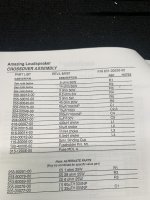
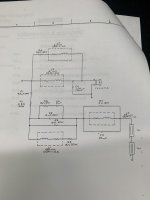
 !
!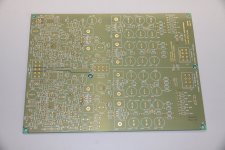
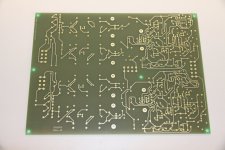
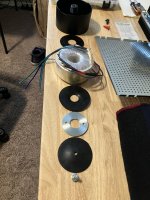
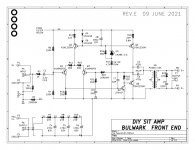
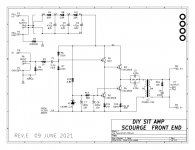
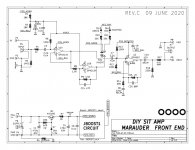

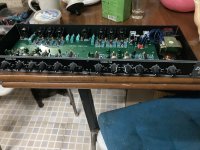
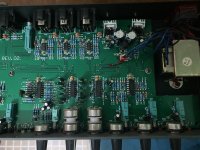
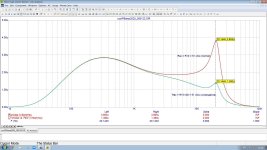
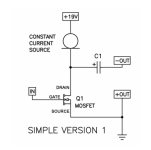
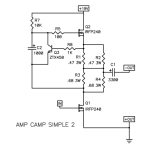
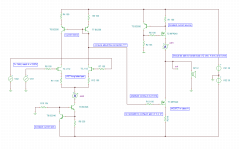
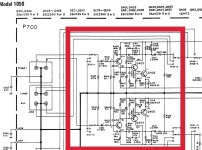
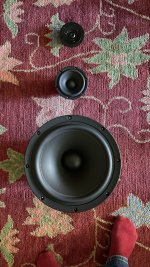
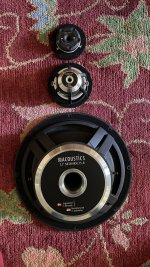
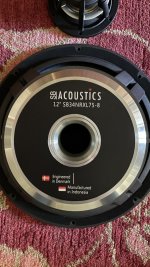
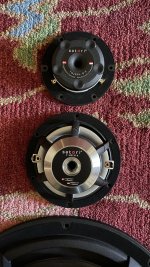

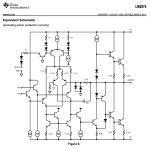
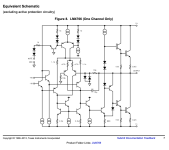
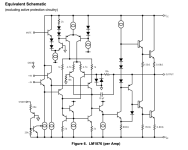
![quad-240_001[1746].jpg](/community/data/attachments/1087/1087807-8fc1555816beb615bcd364b40b31329b.jpg?hash=j8FVWBa-th)
![quad-240_002[1747].jpg](/community/data/attachments/1087/1087808-74b429182a28f4d9c6298825b15d3962.jpg?hash=dLQpGCoo9N)

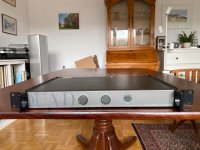
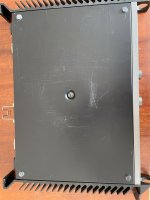
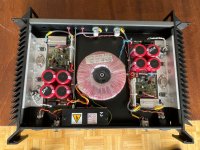
![quad-240_005[1750].jpg](/community/data/attachments/1087/1087813-c60c7fd435f5deb2f65e3174ff4b33b1.jpg?hash=xgx_1DX13r)
![quad-240_006[1751].jpg](/community/data/attachments/1087/1087814-8e71d975c81faa17f0606f4f4ddc52aa.jpg?hash=jnHZdcgfqh)
![quad-240_004[1749].jpg](/community/data/attachments/1087/1087815-64980dec0df7f15cc21cdf5e943c205d.jpg?hash=ZJgN7A338V)
![quad-240_003[1748].jpg](/community/data/attachments/1087/1087816-3e7625972313343521b30268b0e58620.jpg?hash=PnYllyMTND)
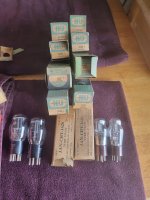
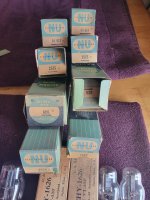

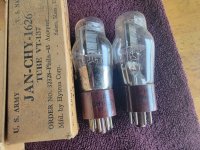

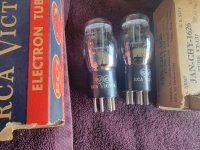
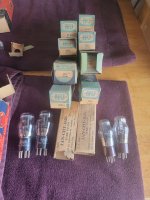

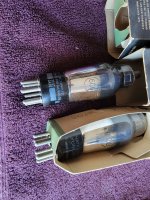
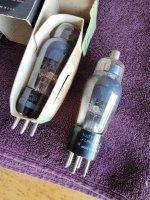
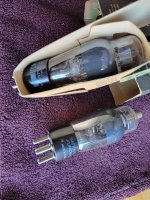

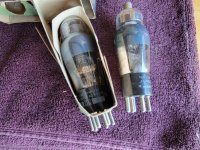
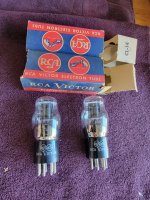
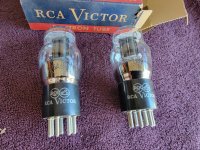
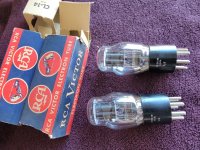
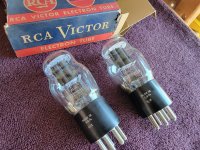
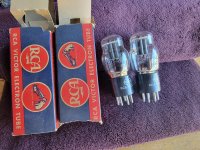
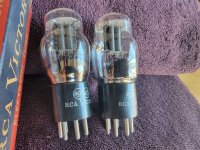
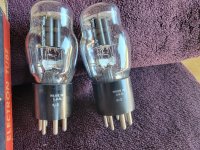
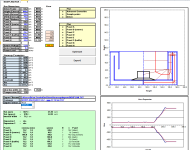
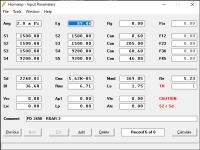
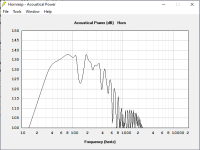
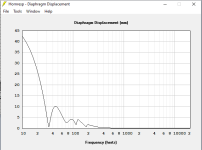
 Copyrighted material removed.
Copyrighted material removed.